Green House Pollination with Alfalfa Leafcutter Bees
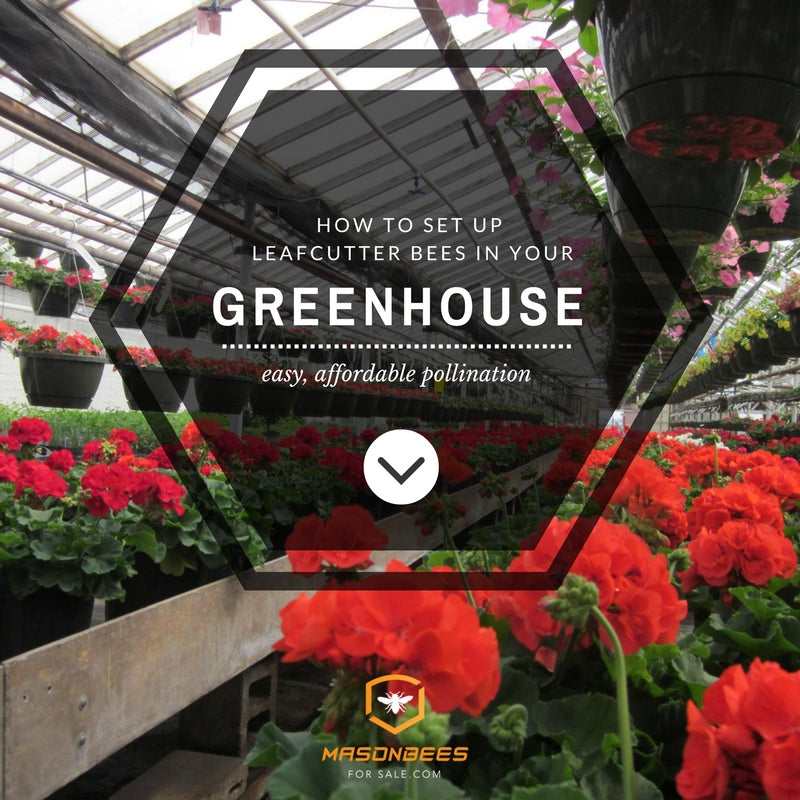
Pollination in a greenhouse is crucial for bounteous plants. Alfalfa leafcutter bees are an excellent and easy pollination option for greenhouse growers (for a list of other options click here). They are easy to maintain, safe, and work well in confined spaces. Alfalfa leafcutter bees are nick named “The Garden Bee” for their ability to effectively pollinate garden vegetables, fruits and flowers. They are generalists meaning they pollinate whatever they find and like.
Read on to discover what it takes to have leafcutter bees pollinate inside a greenhouse, and some mistakes to avoid while using leafcutter bees.
1- Properly incubate the bees.
Incubation is the most important difference between using leafcutter bees for greenhouses vs. traditional gardening. With traditional gardening setting the bees/house out in the yard in the spring will ensure that your bees hatch at the time your flowers are blooming. Greenhouse plants need to be pollinated sooner than plants outdoors. This means the bees need to hatch before they naturally would.
A little bit of planning will guarantee the bees are ready at the same time the blossoms are ready to be pollinated. About a month before the blossoms are ready for pollination put your bees in a warm place, above 80*F (do not exceed 115*F). The consistent, warm temperature will signal the bees to finish maturing and hatch.
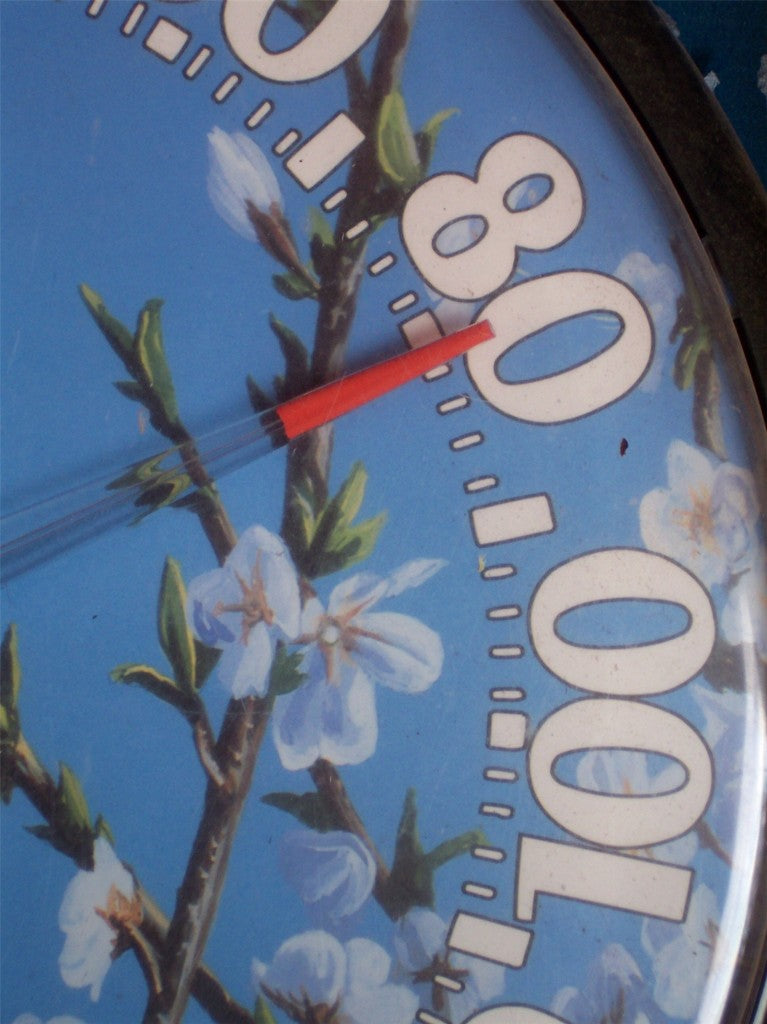
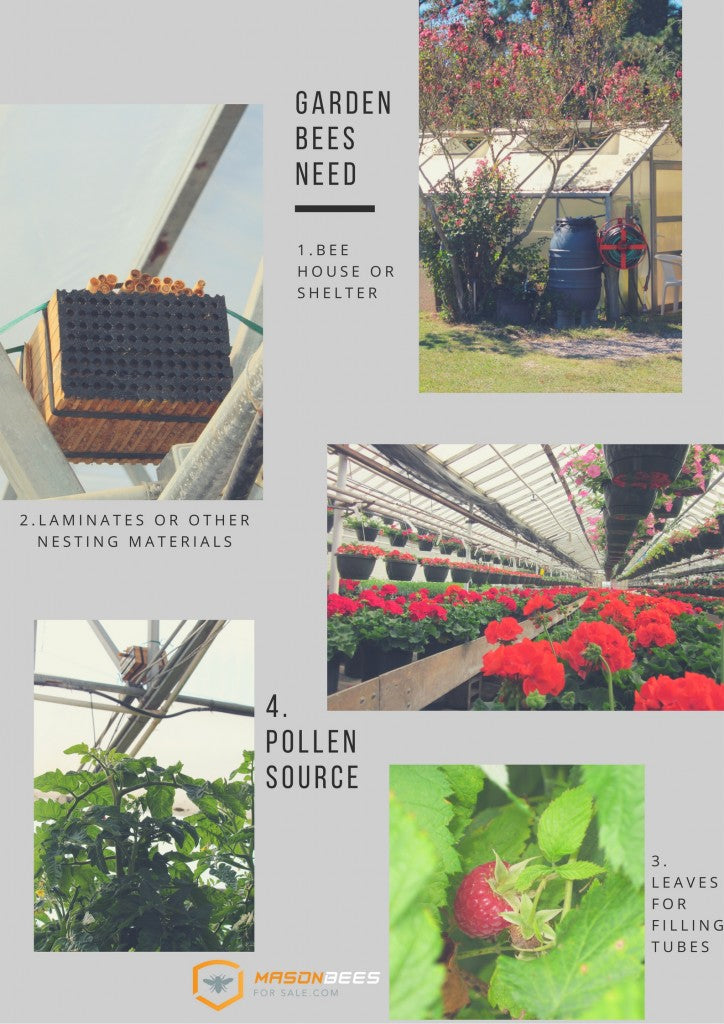
2. Assemble needed materials.
The four basic needs for leafcutter bees are:
1- A house. The job of the house is to provide the bees with protection from rain, wind, predators etc.. The green house itself will provide protection from the elements so there is no need to purchase an additional house.
2- Nesting materials. Here is our complete post about the best nesting materials for solitary bees. We recommend using laminates inside greenhouses. Laminates are already “stuck together” so it makes attaching them to trusses/posts easy. (A house with reed tubes would also work well). Leafcutter bees are the smallest bee, that makes the small hole laminates the ones to get.
3- Leaves for sealing off tubes. Leafcutter bees got that name for a reason. They cut small circles from leaves then use them to separate eggs in tubes and to seal off the filled tubes. Leaves that are soft and have small veins are best. Leafcutter bees love using raspberry and lilac leaves. Having one of these plants in the greenhouse will decrease holes in other plants. The bees will only cut what they need so don’t worry about them destroying the greenhouse plants.
4- Pollen source. This should be easy as having plants to pollinate is the reason to have leafcutter bees in the greenhouse. Just be sure that there are blossoms available for pollinating throughout the lifespan of the bee (usually around 12 weeks). Leafcutter bees are gregarious, meaning they will pollinate whatever they find and like. We’ve found them pollinating a large variety of flowers and other summertime blossoms.
3. Set up Laminates (or other tubes).
Decide on the best location for the bees. Some things to consider:
- The nesting materials should be at least three feet off the ground. Keeping them off the ground prevents ants from reaching them.
- Where are sprinklers located? It is best for laminates to stay dry so place them out of the way of the sprinklers/ hose.
- Place the nesting materials a few feet away from fans. Fans can suck the bees into their blades and kill the bees.
- We have seen people place a house with bees outside of the greenhouse and just leave the door open to the greenhouse. This will work but we find it best to have the leafcutter bee nesting materials inside the greenhouse.
- If you have plants to pollinate both inside and outside of a greenhouse we recommend setting up two nesting locations. One inside and the other outside.
Once the location for the nesting material is figured out simply strap the laminates to a post or truss. In greenhouses we set the laminates on the truss, above the sprinkler system with a couple zip ties. Make sure they are secure, so they won’t wiggle around or fall.
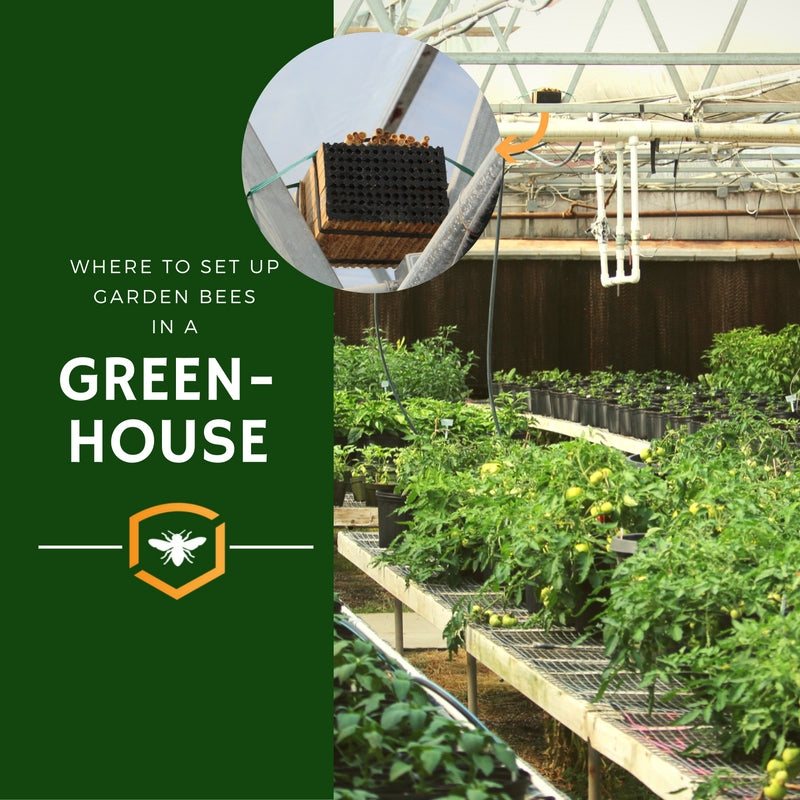
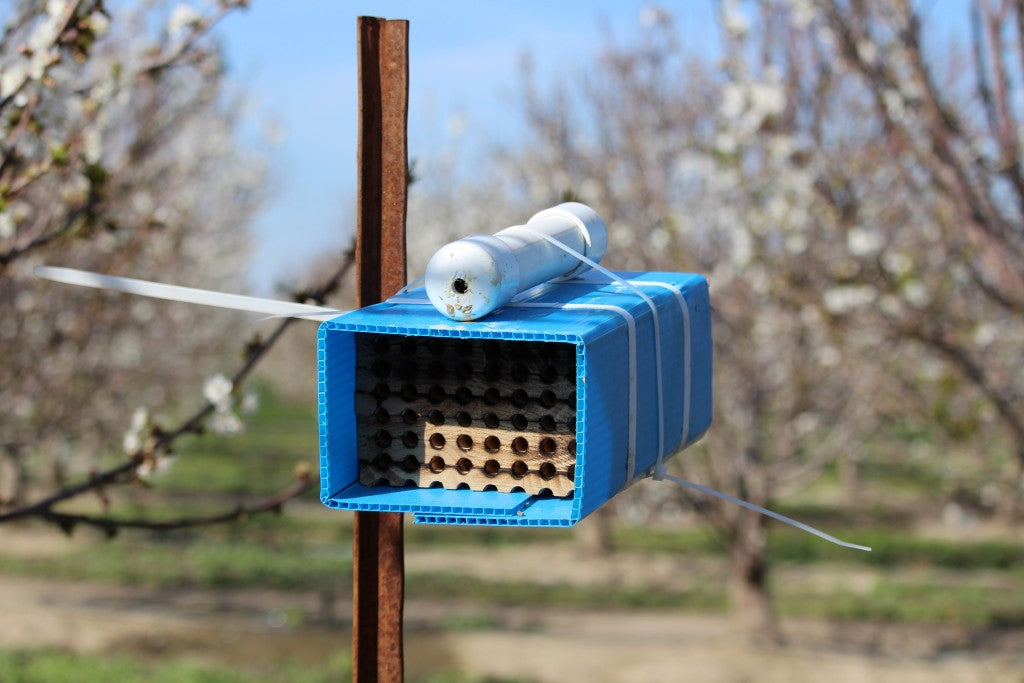
4. Release the bees.
After the bees have been properly incubated place the cocoons/tubes next to the nesting materials. If birds are able to get in your greenhouse then consider placing the loose cocoons in a piece of PVC pipe. Cap off both ends and drill a hole in one end that the bees can fly out of after hatching. The pipe can be zip tied next to the nesting material (laminates). The PVC pipe is not necessary if releasing bees in reed tubes.
The bees will hatch and begin pollinating your greenhouse blossoms!
5-Greenhouse conditions.
- Temperature: Leafcutter bees work best with temperatures between 80*-110*F. Keep the temperature below 115*F, temperatures exceeding 115*F could kill the bees as well as their offspring.
- Humidity: Using fans to control humidity is a good idea. Leafcutter bees will work in humid conditions but high humidity can make pollen grains cling together. If the pollen is clumped it won’t release and spread; which will cause less pollination to occur.
- Using pesticides, fungicides, and other chemicals in the greenhouse can kill bees. Avoid chemicals as much as possible.
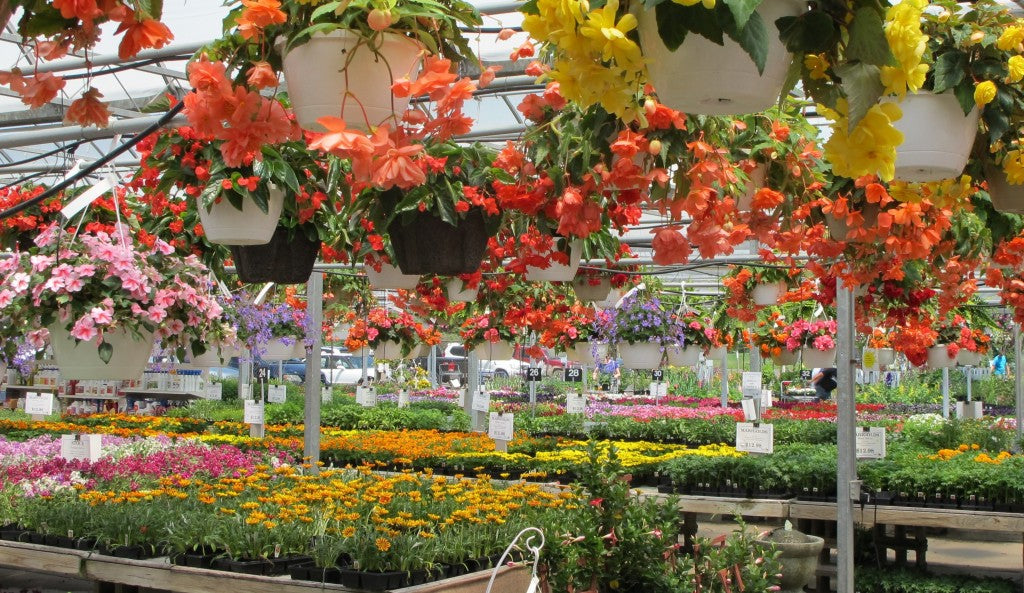
Contact us
At Mason Bees, we are here to answer any questions you may have. Whether you are interested in any of our products for you own personal garden or for your orchard, we have a solution for you. Feel free to reach us directly and we will respond as soon as possible.
Phone number: 8016489035
Email: masonbeesforsale@gmail.com
Address: Mason Bees LLC,
10090 N HIGHWAY 38, DEWEYVILLE UT 84309, United States
Get Mason Bees
Boost your garden's productivity by providing a Mason Bee House for peaceful, non-stinging bees. As bee populations struggle, home gardeners can play an important role in attracting bees and other pollinators
News & Updates
Sign up to get the latest on sales, new releases and more …
© 2025 masonbeesforsale.com. Designed by Out of the Sandbox. Powered by Shopify

